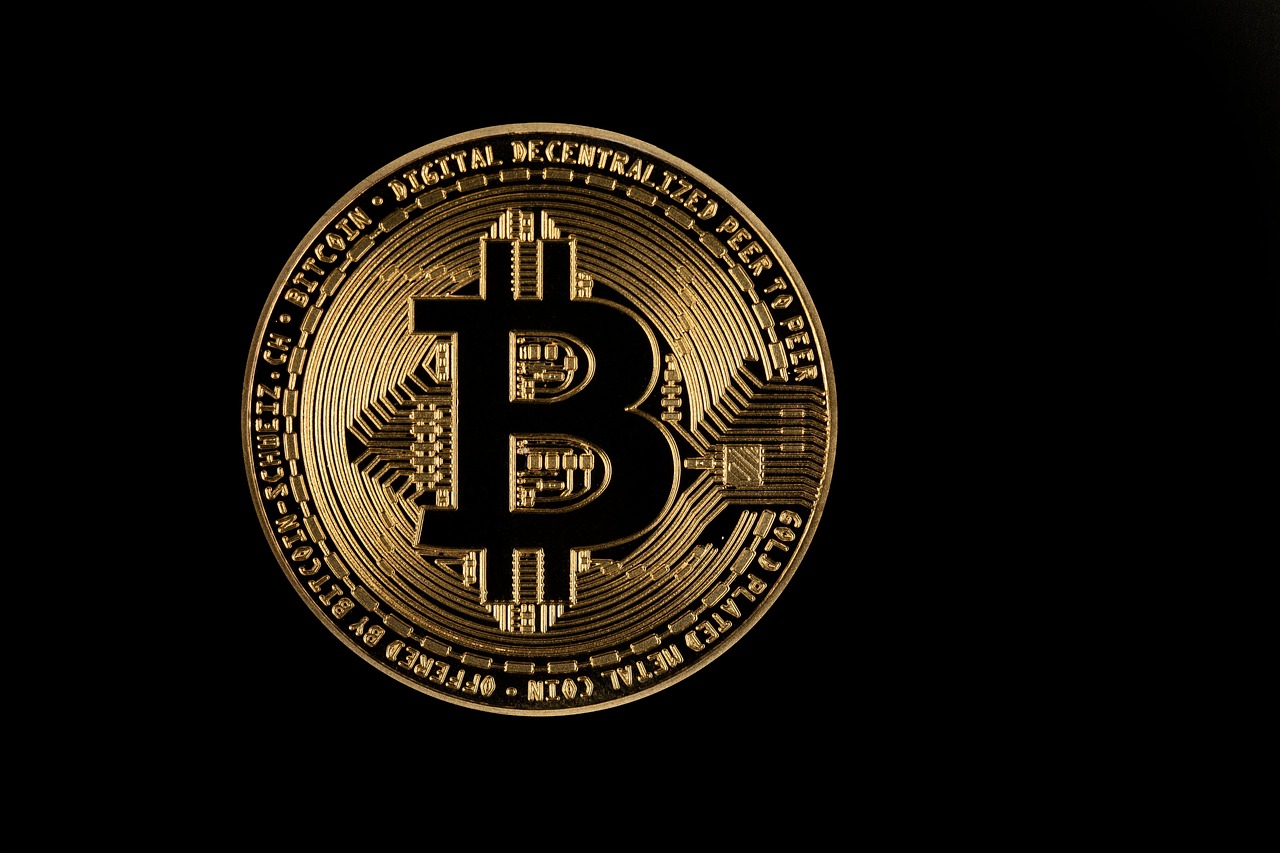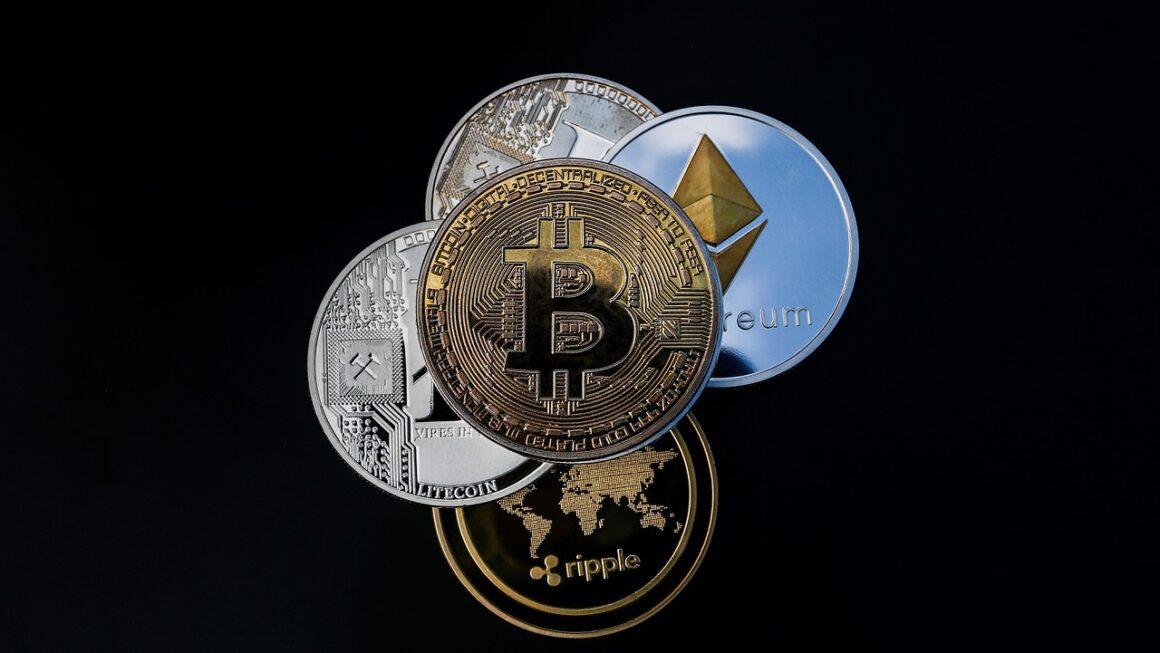Mining plays a crucial role in our modern world, providing the raw materials that underpin nearly every aspect of our lives, from the smartphones in our pockets to the houses we live in. But what exactly is mining, and how does it work? This comprehensive guide will delve into the intricacies of the mining industry, exploring its various methods, environmental impact, and the critical importance of sustainable practices.
What is Mining?
Mining is the process of extracting valuable minerals or other geological materials from the earth. These materials can be solid, such as coal, diamonds, or metal ores; liquid, such as crude oil; or gas, such as natural gas. The extracted materials are then processed and refined for use in various industries.
Types of Mining
There are several different types of mining, each suited to specific geological conditions and types of resources. The most common types include:
- Surface Mining: This involves removing the surface layer of soil and rock to access ore deposits close to the surface. Examples include:
Open-pit mining: Used for large, near-surface deposits. Think of enormous copper mines you often see in documentaries.
Strip mining: Used for extracting coal and other resources in horizontal layers.
Mountaintop removal mining: A controversial method used for coal extraction in mountainous regions.
- Underground Mining: This involves excavating tunnels and shafts to reach ore deposits deep beneath the surface. This method is more expensive and dangerous than surface mining but is necessary when resources are too far below ground.
Shaft mining: Uses vertical shafts to access deep deposits.
Drift mining: Uses horizontal tunnels to access deposits in hillsides or mountains.
Slope mining: Uses inclined tunnels to access deposits.
- In-Situ Mining (Solution Mining): This involves injecting a solution into the ore body to dissolve the valuable minerals and then pumping the solution to the surface for processing. This method is often used for uranium and copper extraction.
- Placer Mining: This involves extracting valuable minerals from stream beds, riverbeds, and beach sands. Common minerals extracted through placer mining include gold, platinum, and tin.
The Mining Cycle
The mining process can be broken down into several key stages:
The Importance of Mining
Mining provides the raw materials that are essential for modern life. Without mining, we would not have:
- Metals for construction and manufacturing: Steel, aluminum, copper, and other metals are used in everything from buildings and bridges to cars and appliances.
- Energy resources: Coal, oil, and natural gas are used to generate electricity and power transportation.
- Fertilizers: Phosphate and potash are essential for agriculture and food production.
- Electronics: Rare earth elements are critical components in smartphones, computers, and other electronic devices.
Mining also contributes significantly to the economy, providing jobs and generating revenue for governments and communities. According to the National Mining Association, the U.S. mining industry directly and indirectly supports millions of jobs and contributes hundreds of billions of dollars to the nation’s GDP.
Practical Example: Copper Mining
Copper, vital for electrical wiring and plumbing, undergoes an extensive mining process. First, geologists explore potential sites, analyzing samples to determine the copper concentration. If viable, an open-pit mine might be established, involving the removal of overlying rock and soil. The copper ore is then crushed and processed through flotation, separating the copper sulfide minerals from the waste rock. The resulting copper concentrate is smelted to produce metallic copper, which is further refined to achieve high purity levels.
Environmental Impact of Mining
Mining can have significant environmental impacts, including:
- Habitat destruction: Surface mining can destroy forests, wetlands, and other habitats.
- Water pollution: Mining operations can release toxic chemicals and heavy metals into waterways. Acid mine drainage, formed when sulfide minerals are exposed to air and water, is a major source of water pollution.
- Air pollution: Mining operations can release dust, particulate matter, and greenhouse gases into the atmosphere.
- Soil erosion: Mining activities can destabilize soil and lead to erosion.
- Landscape alteration: Mining can dramatically alter the landscape, creating large open pits and waste rock piles.
Mitigating Environmental Impact
Efforts are being made to mitigate the environmental impacts of mining through:
- Sustainable mining practices: Using environmentally friendly technologies and techniques to reduce pollution and minimize habitat destruction.
- Reclamation: Restoring mined land to a stable and productive state after mining operations have ceased. This can involve replanting native vegetation, stabilizing soil, and treating contaminated water.
- Regulations: Implementing strict environmental regulations to govern mining operations and ensure that companies are held accountable for their environmental impacts.
- Waste management: Proper disposal and management of waste rock and tailings to prevent pollution.
- Water treatment: Treating contaminated water before it is released back into the environment.
Sustainable Mining Practices
Sustainable mining aims to minimize the negative environmental and social impacts of mining while maximizing the economic benefits. Key elements of sustainable mining include:
Best Practices
- Environmental management systems: Implementing comprehensive environmental management systems to track and minimize environmental impacts. ISO 14001 certification is a common standard.
- Community engagement: Engaging with local communities to understand their concerns and ensure that mining projects benefit the community.
- Responsible sourcing: Sourcing minerals from companies that adhere to high environmental and social standards. Initiatives like the Responsible Minerals Initiative (RMI) promote responsible sourcing practices.
- Resource efficiency: Using resources efficiently to minimize waste and reduce energy consumption.
- Innovation: Developing and adopting new technologies that are more environmentally friendly and efficient.
- Circular Economy: Promoting the recycling and reuse of mined materials to reduce the need for new mining operations.
Example: Rio Tinto’s Sustainability Efforts
Rio Tinto, a leading global mining company, has implemented several sustainability initiatives, including:
- Investing in renewable energy to power its operations.
- Reducing greenhouse gas emissions.
- Protecting biodiversity.
- Working with local communities to ensure that mining projects benefit the community.
Rio Tinto also publishes an annual sustainability report that details its environmental and social performance.
Technological Advancements in Mining
Technology is playing an increasingly important role in the mining industry, improving efficiency, safety, and sustainability.
Automation and Robotics
- Autonomous haul trucks: These trucks can operate without human drivers, improving efficiency and safety.
- Automated drilling rigs: These rigs can drill more accurately and efficiently than traditional drilling rigs.
- Robotic inspection systems: These systems can inspect underground mines and identify potential hazards.
Data Analytics and Artificial Intelligence
- Predictive maintenance: Using data analytics to predict when equipment is likely to fail, allowing for proactive maintenance.
- Ore sorting: Using sensors and AI to identify and separate valuable minerals from waste rock.
- Geological modeling: Using data analytics to create detailed geological models that can help miners find new ore deposits.
Benefits of Technology
- Increased efficiency: Automation and data analytics can help miners extract more resources with less effort.
- Improved safety: Automation and robotics can reduce the risk of accidents in mines.
- Reduced environmental impact: Technology can help miners minimize pollution and conserve resources.
- Lower costs: Automation and data analytics can help miners reduce operating costs.
Conclusion
Mining is a complex and essential industry that provides the raw materials we need for modern life. While mining can have significant environmental and social impacts, efforts are being made to mitigate these impacts through sustainable mining practices, technological advancements, and responsible regulations. By embracing innovation and prioritizing sustainability, the mining industry can continue to play a vital role in the global economy while minimizing its negative impacts on the planet and its communities.




